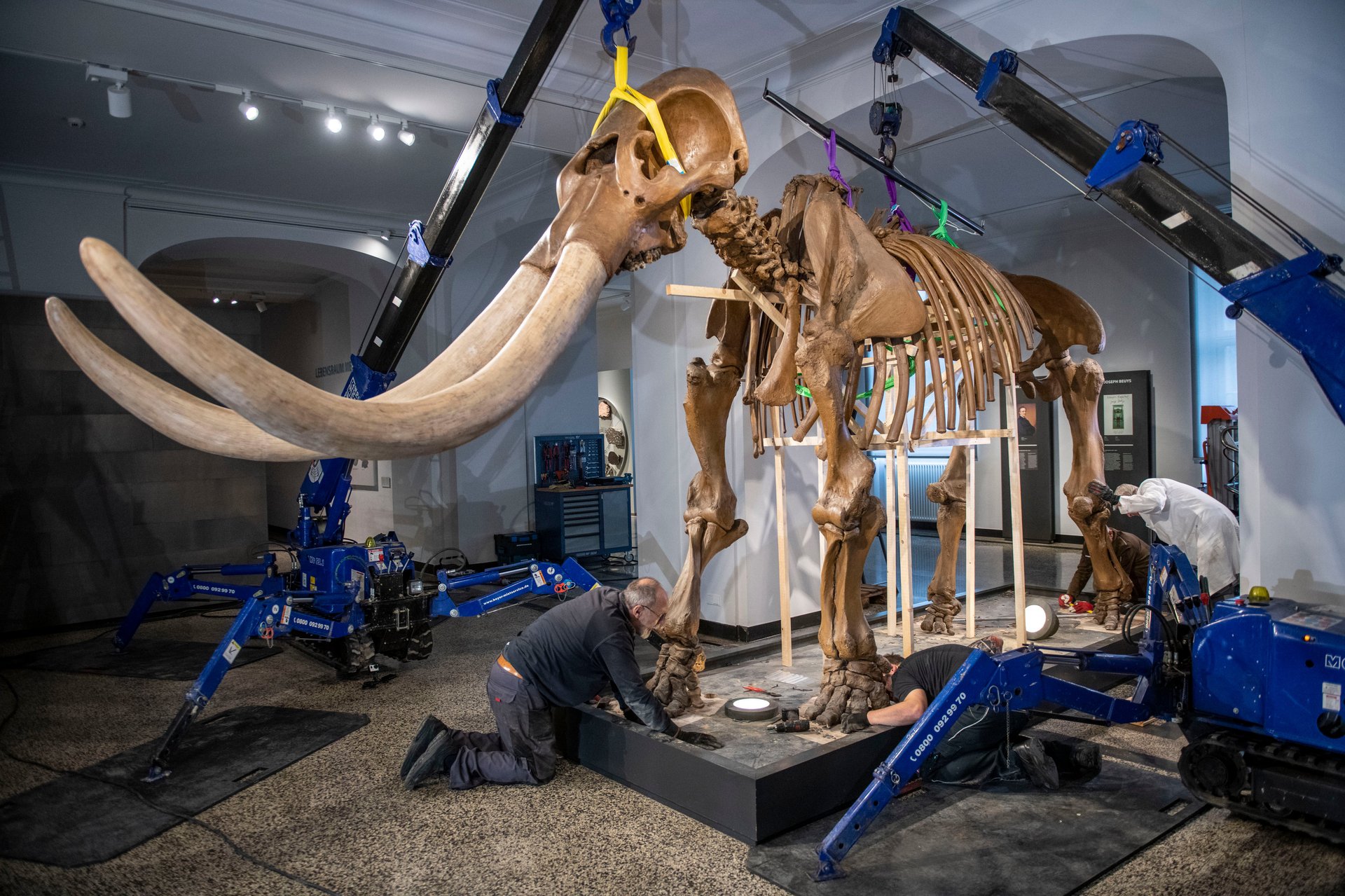Twitter rival Mastodon is trending on Twitter
Downloads of the decentralized app have surged since Elon Musk took over Twitter

In the aftermath of Elon Musk acquiring Twitter, disgruntled users are exploring other options. There’s no shortage of social media platforms, but most such as TikTok, YouTube and Instagram, are designed to showcase images and video. Few offer a comparable text-based system for users to endlessly post, comment, and scroll.
One of the most popular options is a Twitter lookalike app called Mastodon founded in 2016. It has most of the same functionality as Twitter even if it calls tweets “toots” and retweets “boosts.” Perhaps inevitably, Mastodon surged to the top of Twitter’s trending topic list on Monday, Nov. 7 as users scrambled to find an alternative to Twitter under Musk, the company’s new owner, CEO, and “Chief Twit.”

Despite being around for more than six years, Mastodon has ascended the app store rankings since Musk completed his takeover on Oct. 27. Mastodon’s primary mobile app was downloaded 750,000 times worldwide between Oct. 28 and Nov. 6, according to the app analytics firm Sensor Tower. That’s 53-times more than the previous 11-day period when it had only 14,000 downloads.
Given Mastodon’s 1 million cumulative downloads over its six-year history, three-quarters of its total registered users have joined since Musk’s acquisition. Whether the network can provide a viable alternative is another question.
How to get on Mastodon
Mastodon resembles Twitter in a lot of ways. The primary differentiator is that it is not run by a single company. Anyone can fire up a server to power the free, open-source software. The different “instances”—essentially different servers running the same software—allow people to create different versions of Mastadon with unique content rules. All of these instances connect to one another. So a new user can choose their server, yet still see all the content from different Mastodon instances.
The analogy with Twitter is that users can create their own version of Twitter, governed by its own content moderation rules, yet the tweets themselves are visible across an entire federation of Twitter versions. That’s Mastodon.
This idea isn’t exclusive to Mastodon. When he was still CEO of Twitter, Jack Dorsey started a decentralized social media project called Bluesky, which has yet to launch, promising to do something similar while deriving funding from Twitter.
For many, Musk has now forced the issue. On Oct. 27, Musk tweeted his newly acquired platform must not become “a free-for-all hellscape” even as he slashed half of Twitter’s staff, and made radical changes to the platform (although content moderation guidelines, he said, are still under review). But for some of Twitter’s existing users, the platform has already descended to those depths.
I joined Mastodon in recent days to ensure I still had an online community if Twitter went away. “What if Twitter goes away or I stop enjoying it?” I’ve asked myself. While I found that Mastodon’s user experience is far less technical than it sounds, it’s also quite low-grade, laggy, and unable to handle the large influx of Twitter defectors.
However, Mastodon did prove one thing to me: that the basic functionality of Twitter is highly transferable and replicable. Twitter’s basic function isn’t complex—and what matters most of all is not how crisply it functions, but who is on the platform. But I’ve noticed that it’s mostly Twitter’s most active users flocking to Mastodon—perhaps, like myself, in search of a hedge, a place to go in case the platform they rely upon goes away or changes irreparably.
